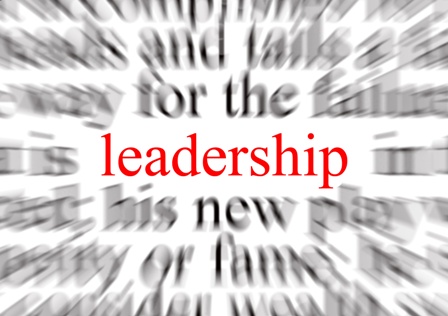
Primal Leadership – The Hidden Driver of Great Performance
The theory of emotional intelligence at work showed that emotionally intelligent men and women finish first. New research shows that of all the elements affecting bottom-line performance, it’s the leader’s mood and behaviors that drive the moods and behaviors of everyone else. The authors’ observation about the overwhelming impact of a leader’s “emotional style” represents a deeper analysis of an earlier assertion that a leader’s emotional intelligence creates a certain culture or work environment. High levels of emotional intelligence, research showed, create climates in which information sharing, trust, healthy risk-taking, and learning flourish. Low levels of emotional intelligence create climates rife with fear and anxiety. The emotional impact of a leader is almost never discussed in the workplace, let alone in the literature on leadership and performance.
The authors discovered that emotional intelligence is carried through wires. To be more specific, the leader’s mood is quite literally contagious, spreading quickly and inexorably throughout the business. If a leader’s mood and accompanying behaviors are indeed such potent drivers of business success, then a leader’s premier task is emotional leadership. This primal leadership demands more than putting on a game face every day. It requires an executive to determine, through reflective analysis, how his emotional leadership drives the moods and actions of the organization, and then, with equal discipline, to adjust his behavior accordingly.
Why does the leader’s mood affect the emotions of the people around them? The reason lies in what scientists call the open-loop nature of the brain’s limbic system, our emotional center. A closed-loop system is self-regulating, whereas an open-loop system depends on external sources to manage itself. In other words, we rely on connections with other people to determine our moods. Our limbic system’s open-loop design lets other people change our very physiology, and hence our emotions.
A leader’s mood has the greatest impact on performance when it is upbeat. But it must also be in tune with those around him or her. The authors call this dynamic resonance. An alarming number of leaders do not really know if they have resonance with their organizations. Rather, they suffer from “CEO disease”; one unpleasant symptom is the sufferer’s near-total ignorance about how his mood and actions appear to the organization.
Strengthening your emotional leadership
In this book, the authors introduce a process that executives can follow to assess how others experience their leadership, and discuss ways to calibrate that impact. It is based on brain science, as well as years of field research with executives. Even though emotional skills are partly inborn, experience plays a major role in how the genes are expressed. An emotionally intelligent leader can monitor his or her moods through self-awareness, change them for the better through empathy, and act in ways that boost others’ moods through relationship management. The following five-part process is designed to rewire the brain toward more emotionally intelligent behaviors. The process begins with imagining your ideal self and then coming to terms with your real self, as others experience you. The next step is creating a tactical plan to bridge the gap between ideal and real, and after that, to practice those activities. It concludes with creating a community of colleagues and family – call them change enforcers – to keep the process alive. The steps to rewire your brain for greater emotional intelligence are:
- Who do I want to be?
- Imagine yourself as a highly effective leader. What do you see?
- Who am I now?
- Get to learn your leadership style as others do. This is both difficult and dangerous. Difficult, because few people have the guts to tell the boss or a colleague what they are really like. And dangerous, because such information can sting or even paralyze. Try to understand your strengths and weaknesses.
- How do I get from here to there?
- Devise an action plan for closing the gap between who you are and who you want to be.
- How do I make change stick?
- Making change last, requires practice. It takes doing and redoing, over and over, to break old neural habits. A leader must rehearse a new behavior until it becomes automatic – that is, until they have mastered it at the level of implicit learning. Even mental rehearsing triggers in our brains the neural connections necessary for genuine change to occur.
- Who can help me?
- This step is meant to create a community of supporters. We cannot improve our emotional intelligence or change our leadership style without help from others. We not only practice with other people but also rely on them to create a safe environment in which to experiment. We need to get feedback about how our actions affect others and to assess our progress on our learning.
Emotional leadership is the spark that ignites a company’s performance, creating a bonfire of success or a landscape of ashes. Moods matter that much.
Authors Info:

Daniel Goleman is co-chairman of the Consortium for Research on Emotional Intelligence in Organizations, based at Rutgers University’s Graduate School of Professional and Applied Psychology in Piscataway, New Jersey.

Richard Boyatzis is chair of the department of organizational behaviour at the Weatherhead School of Management at Case Western Reserve University in Cleveland.

Annie McKee is on the faculty of the University of Pennsylvania, Graduate School of Education, and directs leadership services for the Hay group in Philadelphia.

